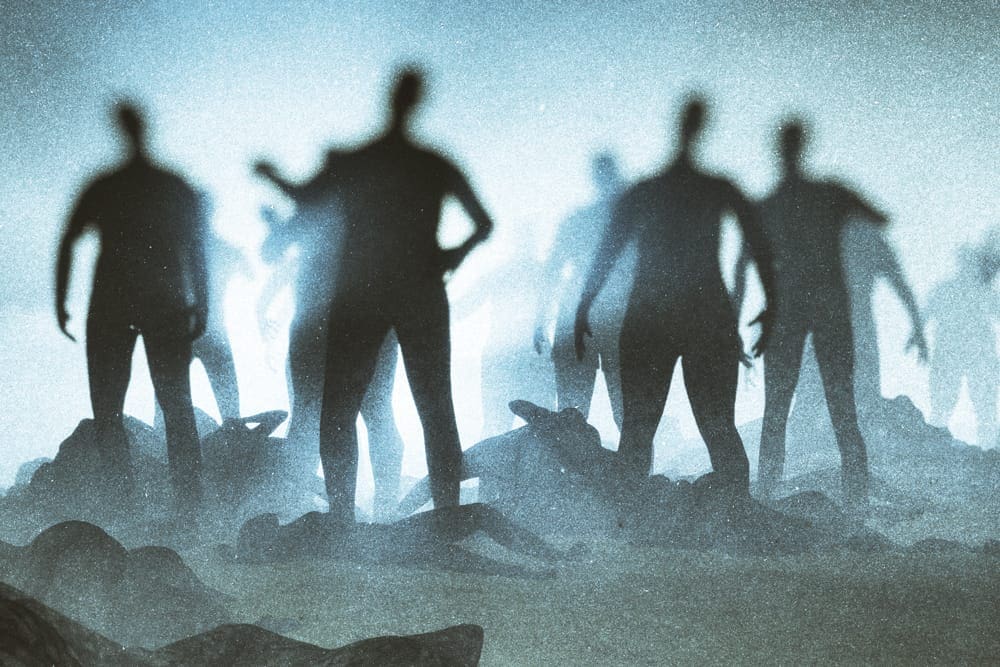
The undead are living the high life. Which is another way of saying that zombies are a huge cultural phenomena, darlings of screens big and small—think AMC’s mega-hit The Walking Dead and the bestseller-turned-Brad-Pitt-film World War Z.
While the flesh-eating creatures themselves are generally mute, their long history and enduring popularity have a lot to say about society. And that’s why another place that reanimated corpses show up is on the English Department’s course listings at the Krieger School. There—between Expository Writing: The Narrative Essay, and The Nineteenth Century British Novel—is course AS.060.154. Zombies.
“The idea is to teach critical reading, critical thinking, and critical writing, and that’s facilitated by choosing a topic that students are bound to be interested in and very many will be immersed in,” says Associate Professor Jared Hickman, who teaches the class, which is geared toward non-English majors. “And then my other angle is to think of it as a way to smuggle in a whole bunch of critical race theory and thinking about some of the bigger questions that are there in the history of the figure.”
Perhaps the earliest mention of such creatures is found in a late-17th-century French travelogue that covers the slave-exporting ports of West Africa. “It’s a figure who is described as having his soul taken in some way and yet the body remains active—and this has been done expressly for the purpose of exploiting the labor of that body,” Hickman says. “So, this figure that comes to be called the zombie is one that is arising out of observing the Atlantic slave trade.”
The “Zombie” really takes form (and gets the name) later in Haiti (where some of those slave ships landed) when they are created by devious voodoo sorcerers. Hickman’s class reads Zora Neale Hurston’s Tell My Horse: Voodoo and Life in Haiti and Jamaica (1938) and William Seabrook’s tome, The Magic Island (1929). The latter served as the blueprint for Hollywood’s first zombie film, White Zombie, starring Béla Lugosi (1932). The fear-inducing component of the film, Hickman says, is the notion that the power of the sorcerer “could extend to the white interloper, even if they don’t believe in any of this stuff.”
The 1968 film Night of the Living Dead by the late filmmaker George Romero is considered progenitor of the modern zombie era. The lead is played by a black man who—spoiler alert for a 50-year-old film—gets accidentally shot by police at the movie’s end.
Beyond racial politics, armies of animated dead provide other allegorical and symbolic messaging. You can’t help but see Romero’s 1978 film Dawn of the Dead, with its zombies stumbling around a Muzac-filled shopping mall, as commentary on mindless consumerism. Hickman, who first taught the course in 2011, admits that he is not thrilled that the zombie canon has expanded to include comedic and even romantic films, such as the 2013, zombie-meets-girl film Warm Bodies. But one new film he discussed for the first time this semester is last year’s Oscar-winning Get Out, about a black man’s first visit with his white girlfriend’s family. Let’s just say it doesn’t go well.
“Which brings us back to the questions of race, class, and domination through something like the zombie figure,” Hickman says. “I would cite it as evidence that the problems that created the zombie are still very much with us. And so we will keep having the zombies.”




